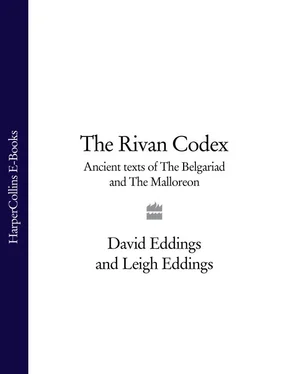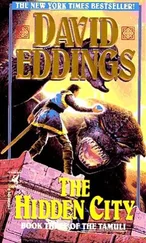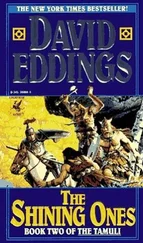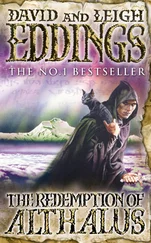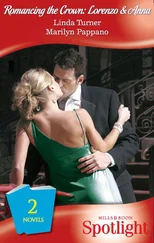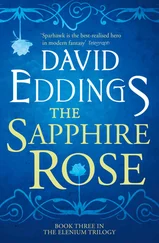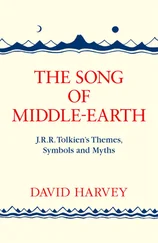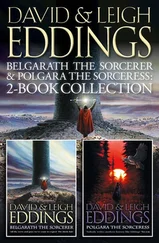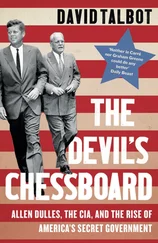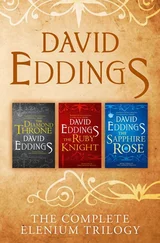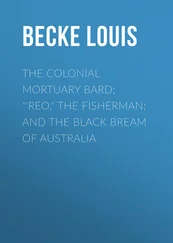Her father was the Duke of Aquitaine (now known as Gascony) and, since he controlled more land than the King of France, he routinely signed official documents as ‘the King of Aquitaine’. In 1137, Louis of France arranged a marriage between his son, Prince Louis and ‘princess’ Eleanor. Eleanor wasn’t a good wife, since she had what’s politely known as a ‘roving eye’. Evidently, it was more than her eye that roved. Her husband, who soon became Louis VII of France, was a pious man, and his wandering wife not only failed to produce an heir to his throne, but also became notorious as an adulteress. He finally managed to have their marriage annulled in 1152, and two months later Eleanor married Henry Plantagenet, Duke of Normandy, who incidentally also happened to be King Henry II of England. Eleanor, as it turned out, was not barren, and she bore Henry several sons. Aside from that, Henry and Eleanor didn’t really get along together, so he took the easy way out and locked her up to keep her out of his hair. After he died, Eleanor stirred up trouble between her sons, Richard the Lionhearted and John the Incompetent, both of whom became kings of England. They
also locked Mother away to keep her out of mischief.
Thus, Eleanor spent a lot of her time locked up. Embroidery didn’t thrill her too much, so she read books. Books were very expensive in the twelfth century because they had to be copied by hand, but Eleanor didn’t care. She had money, if not freedom, so she could afford to pay assorted indigents with literary pretensions to write the kind of books she liked. Given Eleanor’s background it’s understandable that she liked books about kings, knights in shining armor, pretty young fellows who played the lute and sang of love with throbbing emotion, and fair damsels cruelly imprisoned in towers. Her literary tastes gave rise to troubadour poetry, the courtly love tradition, and whole libraries of interminable French romances that concentrated heavily on ‘The Matter of Britain’ (King Arthur et al ) and ‘The Matter of France’ (Charlemagne and Co.).
Now we jump forward three hundred years to the Wars of the Roses. There was a certain knight named Sir Thomas Malory (probably from Warwickshire) who sided with the Lancastrians. When the Yorkist faction gained the ascendancy, Sir Thomas was clapped into prison. He was not, strictly speaking, a political prisoner, however. He was in prison because he belonged there, since it appears that he was a career criminal more than a political partisan. There may have been some politics involved in the various charges leveled against him, of course, but the preponderance of evidence suggests that he was a sort of medieval Jesse James, leading a gang of outlaws on a rampage through southern England. He was imprisoned for sedition, murder, the attempted murder of the Duke of Buckingham, cattle-rustling, horse theft, the looting of monasteries, jail-breaking and not infrequently of rape. Sir Thomas seems to have been a very bad boy.
He was still a nobleman, however, and a sometime member of parliament, so he was able to persuade his jailors to let him visit a nearby library (under guard, of course). Sir Thomas was quite proud of his facility in the French language, and he whiled away the hours of his incarceration translating the endless French romances dealing with (what else?) King Arthur. The end result was the work we now know as Le Morte d’ Arthur.
A technological breakthrough along about then ensured a wide distribution of Malory’s work. William Caxton had a printing press, and he evidently grew tired of grinding out religious pamphlets, so, sensing a potential market, he took Malory’s manuscript and edited it in preparation for a printing run. I think we underestimate Caxton’s contribution to Le Morte d’ Arthur. If we can believe most scholars, Malory’s original manuscript was pretty much a hodgepodge of disconnected tales, and Caxton organized them into a coherent whole, giving us a story with a beginning, a middle, and an end.
Now we jump forward another four hundred years. Queen Victoria ascended the British throne at the age of seventeen. Queen Victoria had opinions. Queen Victoria didn’t approve of ‘naughty stuff’. Queen Victoria had a resident poet, Alfred Lord Tennyson, and he cleaned up Malory for his queen to produce a work he called Idylls of the King. Idylls of the King is a fairly typical Victorian bowdlerization that accepted the prevailing attitude of the time that Le Morte d’ Arthur was little more than ‘bold bawdry and open manslaughter’. It glossed over such picky little details as the fact that Guinevere was an adulteress, that King Arthur did have an incestuous affair with his half-sister, Morgan le Fay, and other improprieties.
Another hundred years slip by and we come to Papa Tolkien, who was probably even prissier than Queen Victoria. Have you ever noticed that there aren’t any girl Hobbits? There are matronly lady Hobbits and female Hobbit puppies, but no girls. The Victorians maintained the public fiction that females don’t exist below the neck.
Contemporary fantasists all bow politely to Lord Tennyson and Papa Tolkien, then step around them to go back to the original texts for inspiration – and there are a lot of those texts. We have King Arthur and his gang in English; we’ve got Siegfried and Brunhild in German; Charlemagne and Roland in French; El Cid in Spanish; Sigurd the Volsung in Icelandic; and assorted ‘myghtiest Knights on lyfe’ in a half-dozen other cultures. Without shame, we pillage medieval romance for all we’re worth.
Operating by trial and error mostly, we’ve evolved a tacitly agreed upon list of the elements that make for a good fantasy. The first decision the aspiring fantasist must make is theological. King Arthur and Charlemagne were Christians. Siegfried and Sigurd the Volsung were pagans. My personal view is that pagans write better stories. When a writer is having fun, it shows, and pagans have more fun than Christians. Let’s scrape Horace’s Dulche et utile off the plate before we even start the banquet. We’re writing for fun, not to provide moral instruction. I had much more fun with the Belgariad/Malloreon than you did, because I know where all the jokes are.
All right, then, for item number one, I chose paganism. (Note that Papa Tolkien, a devout Anglo-Catholic, took the same route.)
Item number two on our interim list is ‘The Quest’. If you don’t have a quest, you don’t have a story. The quest gives you an excuse to dash around and meet new people. Otherwise, you stay home and grow turnips or something.
Item number three is ‘The Magic Thingamajig’ – The Holy Grail, the Ring of Power, the Magic Sword, the Sacred Book, or (surprise, surprise) THE JEWEL. Everybody knows where I came down on that one. The Magic Thingamajig is usually, though not always, the object of the quest.
Item four is ‘Our Hero’ – Sir Galahad, Sir Gawaine, Sir Launcelot, or Sir Perceval. Galahad is saintly; Gawaine is loyal; Launcelot is the heavyweight champion of the world; and Perceval is dumb – at least right at first. I went with Perceval, because he’s more fun. A dumb hero is the perfect hero, because he hasn’t the faintest idea of what’s going on, and in explaining things to him, the writer explains them to his reader. Don’t get excited. I’m not putting Garion down. He’s innocent more than stupid, in the same way Perceval was. Actually, he’s fairly clever, but he’s a country boy, so he hasn’t been exposed to very much of the world. His Aunt Pol wanted him to be that way, and Polgara has ways to get what she wants.
Item number five is the resident ‘Wizard’ – Merlin, usually, or Gandalf – mighty, powerful, and mysterious. I scratched that one right away and went with Belgarath instead, and I think it was the right choice. I’ve got a seedy old tramp with bad habits – who just incidentally can rip the tops off mountains if he wants to. I chose to counter him with his daughter, Polgara, who doesn’t really approve of him. That sorcerer/sorceress (and father/daughter) pairing broke some new ground, I think.
Читать дальше
